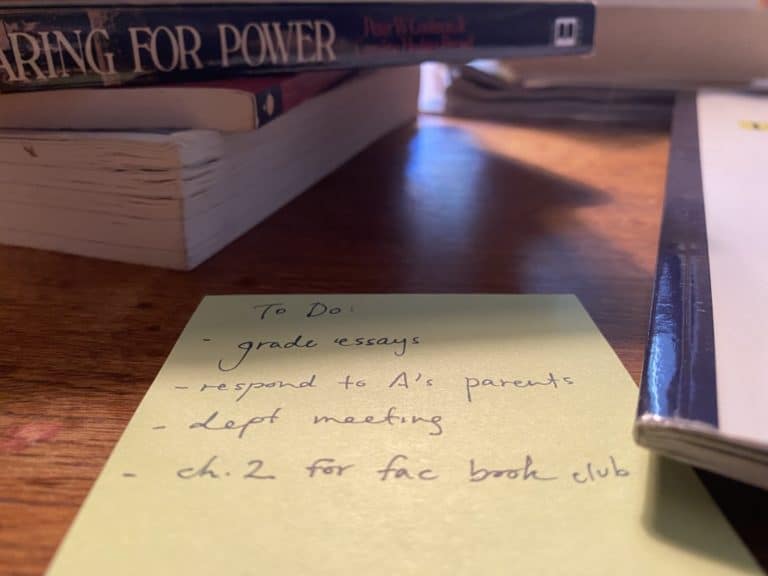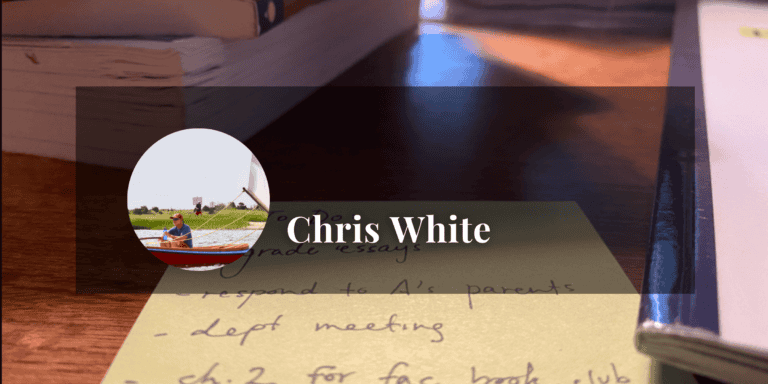Beyond the Syllabus: Exploring Audiobooks in Earnest
This week’s special Beyond the Syllabus introduces new ideas on the relevance of audiobooks to a text-based classroom. Each recommendation suggests ways in which audiobooks could create a more inclusive vision of pedagogy, and each engages the affordances of digital texts to expand listening skills along with literacy.
Mini Lecture Jenae Druckman Cohn, “Why Teach Digital Reading as Part of a Pedagogy of Care?” Jenae Druckman Cohn’s short introduction to digital reading, part of West Virginia University’s broader discussion of the “Pedagogy of Care,” focuses not on the question of whether teachers should incorporate digital texts into their teaching, but how. The title of Cohn’s lecture alone is appealing for its willingness to engage with a common question that Humanities teachers have about digital texts in the classroom: how can ensure that students read them as deeply? In five minutes, Cohn might turn your “versus” (paper vs. digital, deep vs. shallow) into “and,” opening up a more inclusive vision of reading pedagogy.
The Science Ferris Jabr, “Why Walking Helps Us Think.” Walking enthusiasts may already be familiar with Jabr’s comprehensive 2014 article explaining the brain research that supports what they experience when they walk. Walking has numerous benefits, the walkers want to remind everyone else, and Jabr echoes: it “promotes new connections between brain cells, staves off the usual withering of brain tissue that comes with age, increases the volume of the hippocampus,” and so on. We suppose that, if walking can help thinking, it’s possible, too, that listening while moving could lead to a new or different kind of attention. It’s hard to find studies about how well students can absorb or connect into materials that they listen to while moving, but we think it’s worth considering. For students with attention disorders, students who are otherwise sedentary (especially during online learning): could audiobooks offer a chance to connect with course materials while also caring for the body and mind? What would it mean to incorporate literally mobile learning into reading guides? Reading Jabr’s article reminds us that, while listening to learn might lead to fewer in-text annotations, it could also heighten listeners’ creativity and connection as they interact with and naturalize new ideas.
Scholarship Matthew Rubery, “Play it Again, Sam Weller: New Digital Audiobooks and Old Ways of Reading.” Thinking about audiobooks through Victorian literature is intuitive for Rubery, who reminds his audience not only that the Victorian novel frequently describes instances of public reading, but also that it was designed to be heard. Increasing use of audiobooks in the general population is not, Rubery says, a revelation, but a return to historical culture. That said, Rubery acknowledges that listening to a text through headphones is different from listening to it around the hearth, and that both experiences mean that the person interacting with the text experiences it differently than she might through visual, quiet reading. We recommend Rubery’s article for the way that it guides readers through the history of auditory reading and toward a broader vision of auditory reading as a dream tool, not a distraction.






